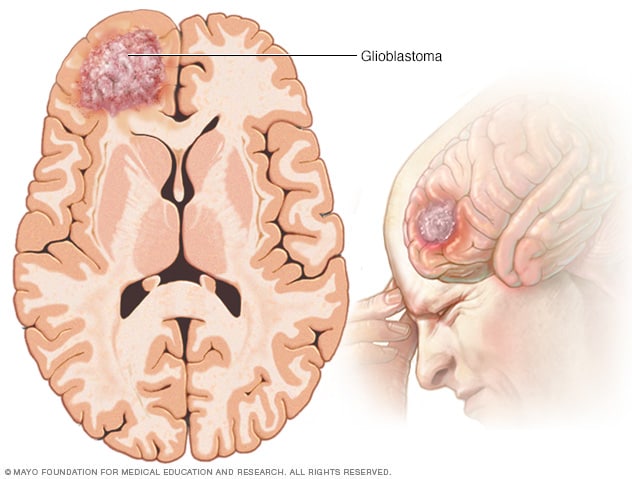Glioblastomas are high-grade tumors which arise in the brain. Alt hough rare, the rising incidence of these tumors has been contested. Moreover, as we move into an age of youths migrating to urban centers and technology surrounding our everyday lives, many wonder if the risk factors associated with these activities may increase the odds of these deadly tumors. In consequence, a thorough assessment of the current status of glioblastoma incidence and the ways to assess and improve these metrics will be described in this blog.
hough rare, the rising incidence of these tumors has been contested. Moreover, as we move into an age of youths migrating to urban centers and technology surrounding our everyday lives, many wonder if the risk factors associated with these activities may increase the odds of these deadly tumors. In consequence, a thorough assessment of the current status of glioblastoma incidence and the ways to assess and improve these metrics will be described in this blog.
In the following pages, explore how informatics tools have been used to assess this issue with the following key highlights derived from each page.
Data:
- The incidence rates of glioblastoma in the US may be increasing as seen in other nations based on assessment with SEER Cancer and US Census Data.
- Overdiagnosis may be the potential cause and the 2016 WHO Update may have caused a downward trend of this incidence.
Survey:
- A survey was developed to assay whether the 2016 WHO Update had affected clinical decision making and influenced the rate at which clinicians diagnosed glioblastoma.
- Our survey seeks to evaluate whether clinicians were indeed overdiagnosing glioblastoma and the introduction of molecular testing helping better classify patients into this cancer group.
News & Timeline:
- Development of AI-based clinical decision making tools have arisen to help pathologists differentiate cancer. A timeline was created to help explore how clinical decision making tools came to be and how a bridge was made to introduce them to pathology.
Reflection
Considering the structure of the project, an initial data page using public datasets was important in evaluating whether the rising incidence reported in other countries was occurring in the US. Moreover, while the US had already denied these trends, using alternative public population data provided a chance for re-evaluation. This opportunity in turn led to the discovery overdiagnosis of the disease may have occurred with latter reductions due to the WHO 2016 Update on Brain Tumor Classifications. In consequence, exploration of methods of how to evaluate the effect of this change was important to assess whether the incidence rate was indeed rising due to external environmental factors or clinical decision making. In consequence, the described survey was developed to see how neuropathologist’s inclination to diagnosis glioblastoma was affected after the update. Finally, while the introduction of molecular testing may mitigate overdiagnosis, implementation of such tests is costly and difficult for under-served areas. Thus, development of AI-tools have arisen in pathology to help improve diagnosis accuracy for pathologists evaluating slides. A historical timeline and current news description was given to see how this decision-system arose.
In reflection, informatics is a powerful tool as it can assay various aspects of healthcare including disease epidemiology, clinical decision making or even diagnosis. Moreover, as we move into an age of -omics data, doing such tests does improve disease accuracy, but doesn’t implement easily around the world. Thus use of informatics tools can create systems that harness existing information, like histology, to aid clinicians and improve accuracy similar to how molecular testing has done. More broadly in public health, informatics has various uses from studying disease incidence, mapping the spatial distribution of spread or designing tools that streamline healthcare between institutes. This project highlights one of these aspects, but also looks to its potential growth and needs for improvement. Public datasets have large research value, but can be undermined by inconsistent reporting, missing data and lack of full participation. Additionally, AI is a powerful computational tool that can be integrated into public health informatics from disease management to predictive mapping. Thus, future trends will likely see further development of these tools, but it will be important in preparing public health systems in being able to accept such integration lest we experience challenges such as what occured with electronic transitioning from paper records.